The Salish Sea, which consists of the coastal waters off British Columbia, Canada and the northwestern part of the US west coast, is one of the most biologically diverse inland seas in the world. This area of staggering beauty is home to some of the world’s most iconic wildlife. Over 200 species of birds and mammals are dependent on the Salish Sea ecosystem.
Yet all of it is being put at risk by the expansion of the new Trans Mountain pipeline, which will lead to a sevenfold increase in the number of tankers carrying tar sands oil through the Salish Sea. That means more noise pollution for marine life and significantly increased risks of an oil spill in this beautiful part of the world.
Here are six of the most incredible species this pipeline project will put at risk:
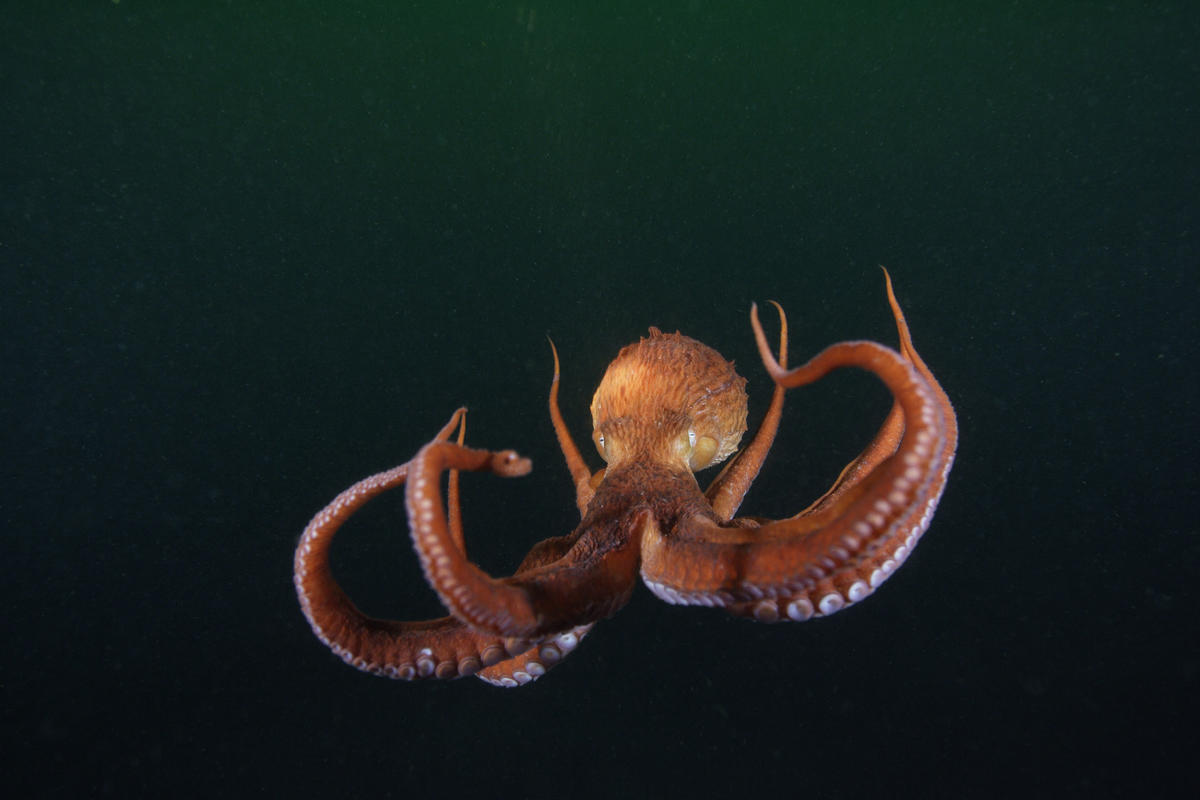
The Salish Sea, home to the Giant Pacific Octopus is under threat by the expansion of the new Trans Mountain pipeline.
The largest octopus on the planet, the giant Pacific octopus, with its three hearts and blue blood, lives on the bottom of the ocean bed. With tentacles that can span 8 metres across, it can move fast (40 km/h!), but most of the time it crawls slowly along the ocean-bed with its long tentacles suckering crabs and scallops to eat.
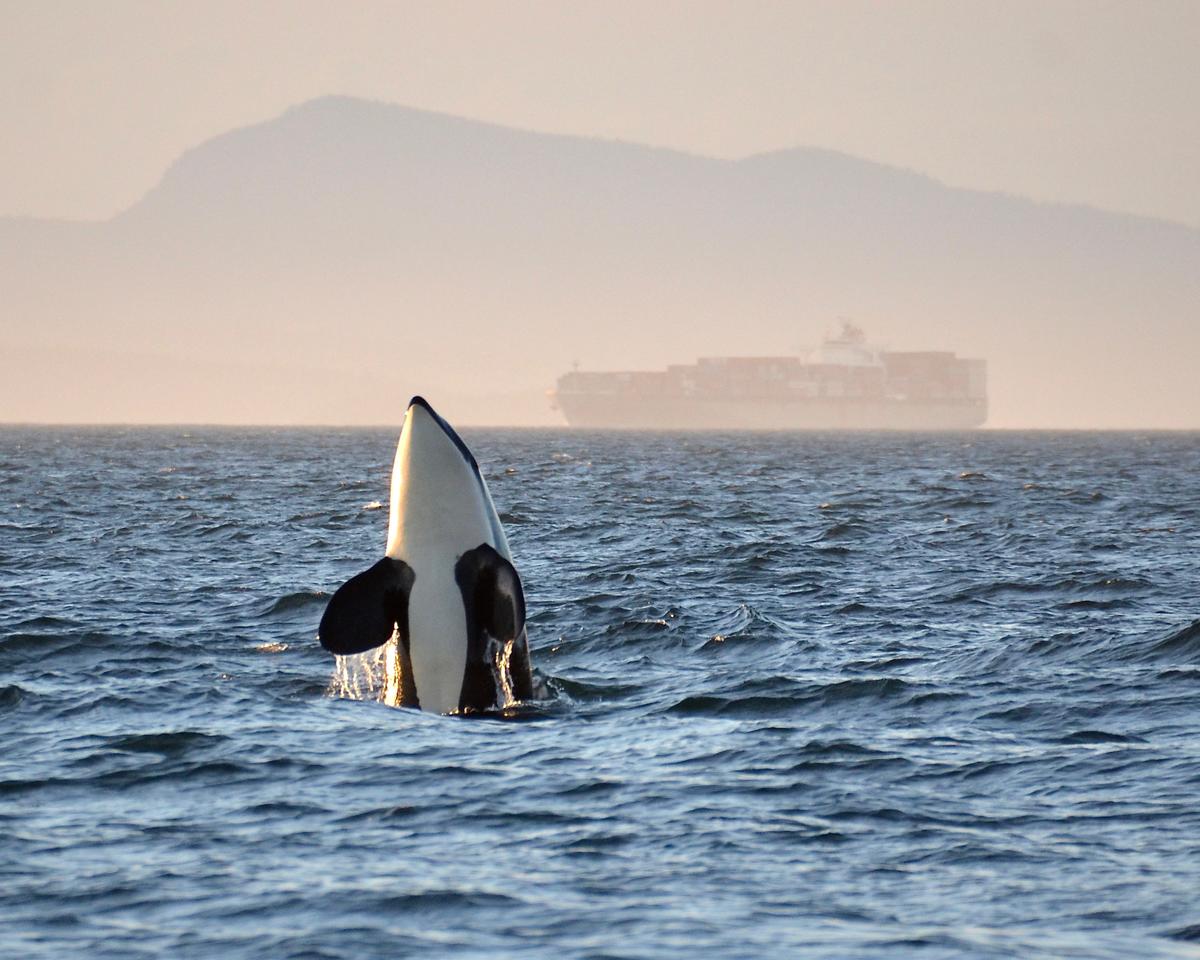
Southern Resident orca with a container ship in the background.
There are only 75 southern resident orcas left in the world, and the Salish Sea is their home. The population has declined partly because of increased noise levels from growing numbers of vessels. The Trans Mountain extension will lead to a sevenfold increase in tanker traffic, increasing noise levels further, as well as risking an oil spill, either of which could push them from an endangered to extinct status.
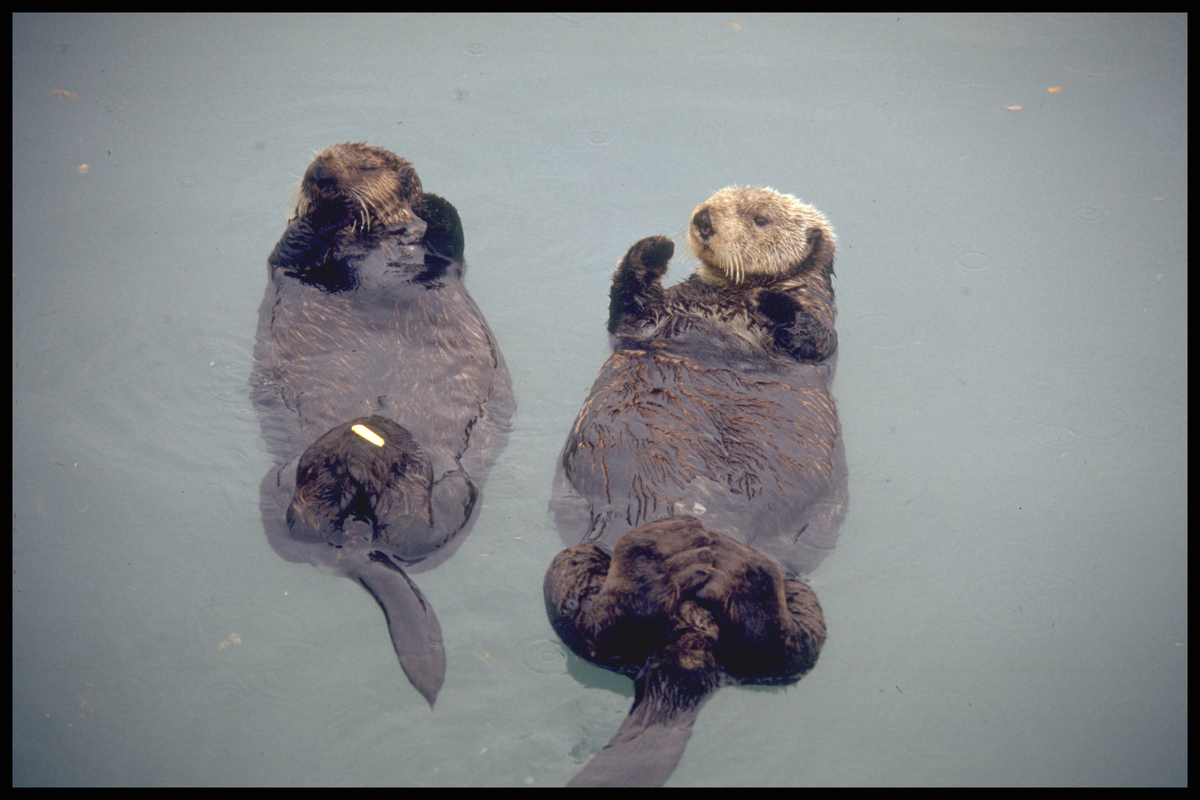
Oiled sea otter at rehabilitation centre in Valdez after oil spill in Alaska.
Sea otters are smart as well as being very photogenic—they often hold each other’s paws while taking a nap, to avoid drifting apart while they sleep, and they are one of the only marine mammals to dislodge rocks and boulders on the ocean bed in the hunt for food. Sea otters live across the coasts of the northern Pacific Ocean, including the Salish Sea. They were hunted almost to extinction in the past, but some populations have rebounded. Oil spills now pose one of the greatest threats to their survival.
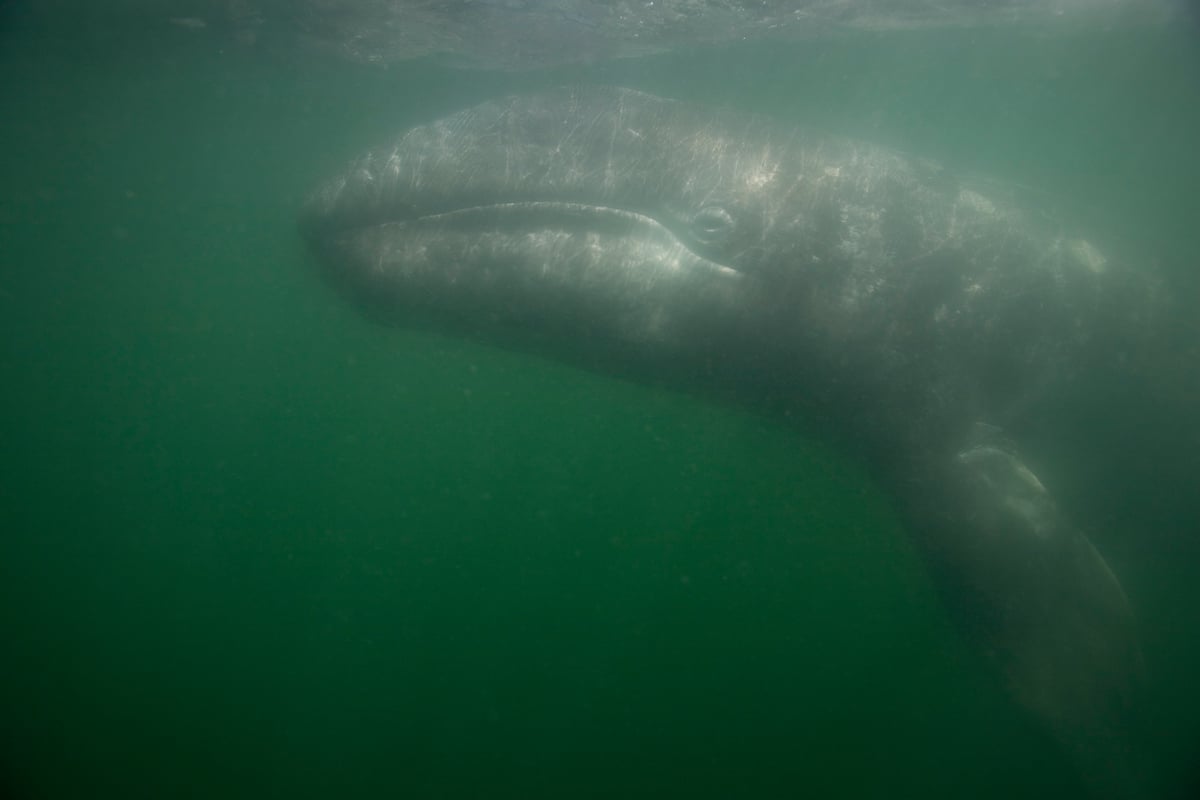
Grey whale in San Ignacio Lagoon. Grey whales breed and give birth here and the spot attracts tourists from around the world who come to observe this unique spectacle.
Grey whales swim incredible distances—their annual migration stretches to over 19,000 kilometres as they swim from their summer home in Alaskan waters down to North America’s west coast, where pods of these whales can often be seen surfacing, all the way to Mexico.
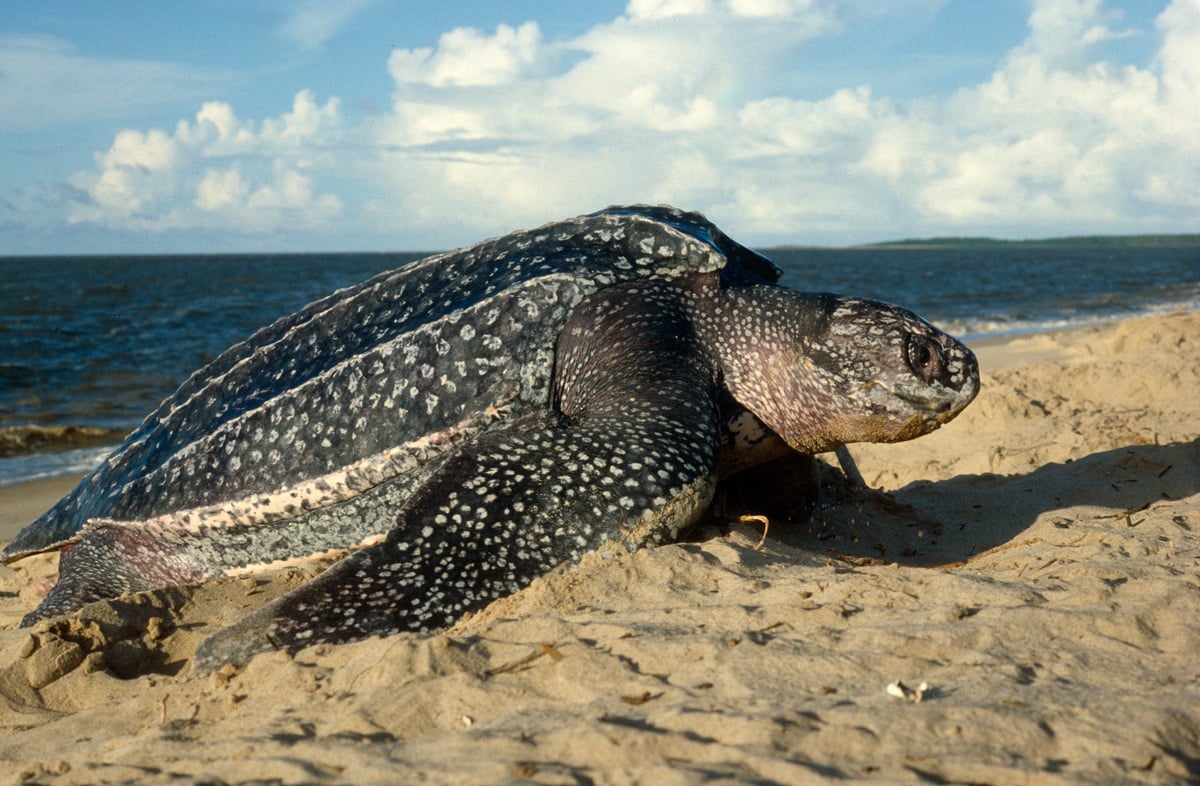
Leatherback turtle crawls on the beach to nest in French Guiana.
Leatherback turtles hold many records. They are not only the biggest turtles alive, growing up to more than 2 metres long, but can also dive deeper than any other turtle, being able to stay submerged for nearly 90 minutes. Leatherback turtles also have the longest migratory path of any turtle, swimming up to 6,000 kilometres. They migrate up the Pacific west coast on their way across the Pacific Ocean to Asia.
Vicky Wyatt is a climate campaigner for Greenpeace USA.
